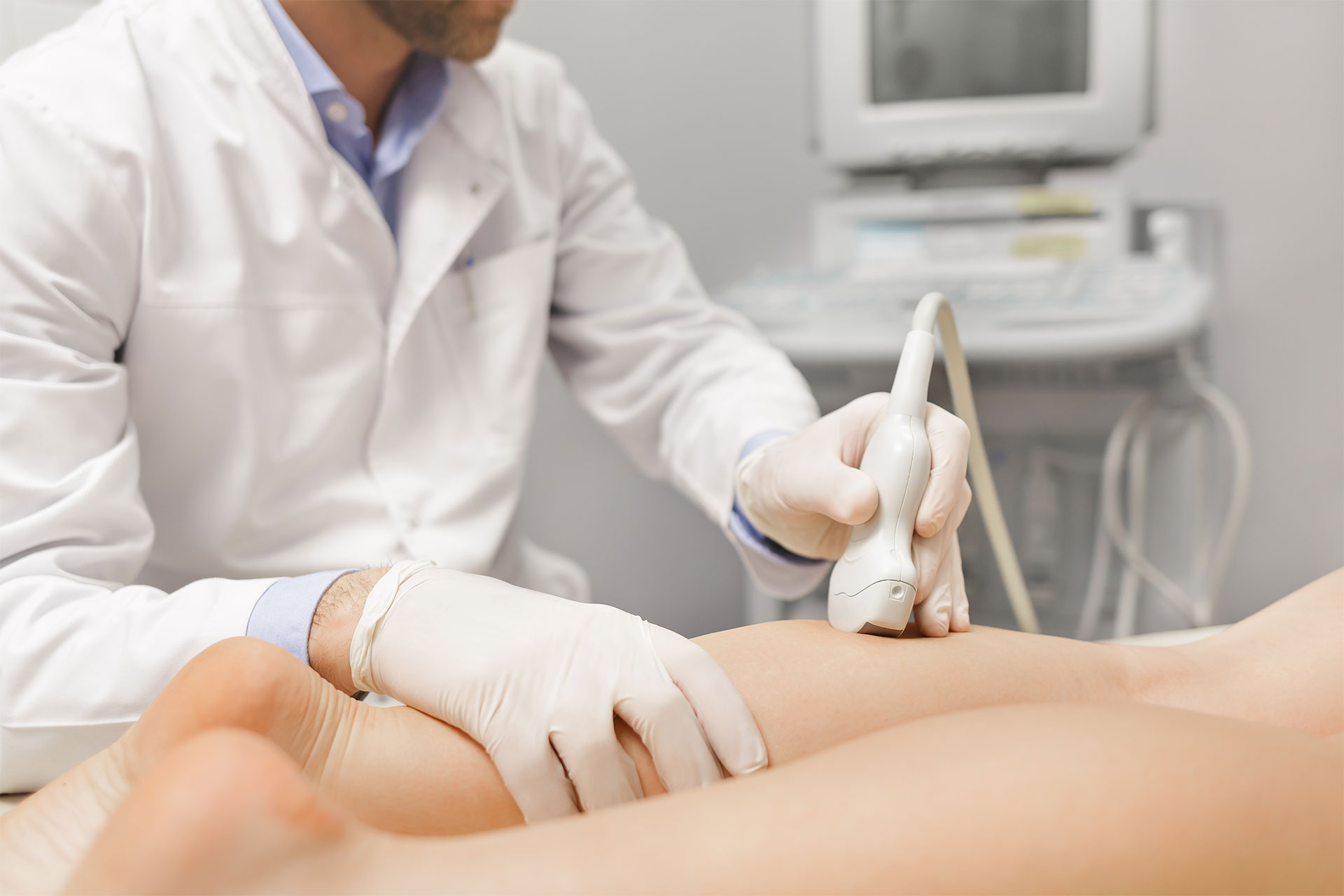Smooth and Vein-Free: Discover the Best Varicose Vein Treatments for Both Your Legs and Hands

- Explore 10 natural treatments for varicose veins, including exercise, dietary changes, and compression stockings.
- Improve blood circulation and reduce pressure on veins through lifestyle changes and non-restrictive clothing.
- Regain confidence and alleviate discomfort by consistently incorporating these remedies into your daily routine.
Are you tired of troublesome varicose veins on your legs and in your hands? You’re not alone. This unsightly and uncomfortable condition can affect over 20% of adults at some point in their lives. Fortunately there are both natural and medical treatments that are capable of minimizing and even eliminating varicose veins once and for all.
Today, we’ll explore a bunch of the best varicose vein treatments, from exercise to dietary changes, to help you regain your confidence and feel comfortable in your skin once again. Don’t be overwhelmed, take action! Start a search today to find varicose vein treatment options near you.
Understanding Varicose Veins
Varicose veins are dark blue or purple, often bulging out from beneath the skin. They develop when small valves in the veins weaken, causing blood to pool and resulting in twisted, swollen veins.
Symptoms may include:
- Burning or throbbing sensations in the legs
- Heavy or achy legs
- Muscle cramps, particularly at night
- Swelling of feet and ankles
- Dry, itchy skin over the vein
The first step to finding a solution is understanding. Varicose veins are common and treatable. Next, we’ll explore a few of the most effective natural and medical treatment options available today.
10 Natural Varicose Vein Treatments for Legs and Hands
- Exercise: Regular, low-impact exercises, such as swimming, walking, cycling, and yoga, improve blood circulation in the legs and reduce blood pressure.
- Compression stockings: Wearing knee-high compression stockings can help alleviate pain and aching associated with varicose veins.
- Plant extracts: Horse chestnut extract, sea pine extract, and Butcher’s broom extract may reduce symptoms like leg pain, heaviness, and itching.
- Dietary changes: Incorporating potassium-high foods, high-fiber foods, and shedding excess weight can help alleviate varicose veins.
- Eat more flavonoids: Foods rich in flavonoids, such as vegetables, fruits, cocoa, and garlic, improve blood circulation and reduce blood pressure.
- Herbal remedies: Grape seed extract may help reduce swelling and other symptoms, but avoid if you’re on blood-thinning medication.
- Choose non-restrictive clothing: Wearing loose-fitting clothes and flat shoes can improve circulation and reduce pressure on veins.
- Keep the legs elevated: Elevating the legs helps improve circulation and reduces pressure in leg veins.
- Massage: Gently massaging affected areas can help keep blood moving through the veins. Avoid pressing directly on veins.
- Keep moving: Frequent movement and avoiding sitting with crossed legs can help maintain smooth blood flow.
Varicose Vein Removal
If you’ve tried natural remedies for your varicose veins or prefer a permanent solution, you could always consider varicose vein removal. Qualified specialists will consult with you, explain the various options available, and help you determine the best course of action.
Some common varicose vein removal procedures include:
- Sclerotherapy: This non-surgical procedure involves injecting a special solution into the affected veins, causing them to collapse and eventually fade. Sclerotherapy is often used for smaller varicose veins and spider veins.
- Endovenous Laser Treatment (EVLT): EVLT is a minimally invasive procedure that utilizes laser energy to close off the affected vein. A thin fiber is inserted into the vein, and the laser heats the vein’s walls, causing it to collapse and seal shut.
- Radiofrequency Ablation (RFA): Similar to EVLT, RFA uses radiofrequency energy to heat and close the affected vein. A catheter is inserted into the vein, and the radiofrequency energy is applied, leading to the vein’s closure.
- Ambulatory Phlebectomy: This surgical procedure involves making small incisions in the skin and removing the affected veins through these openings. Ambulatory phlebectomy is typically used for larger varicose veins and is performed under local anesthesia.
- Vein Stripping: In more severe cases, vein stripping may be recommended. This surgical procedure involves tying off and removing the affected vein through small incisions. While effective, vein stripping has a longer recovery time and may cause more discomfort than other options.
Again, reviewing your options with a qualified specialist is essential. Their training, experience, and understanding of your specific needs and medical history truly is the only way to determine an action plan. So type “varicose vein treatment near me” in your search bar of choice and get one step closer to the relief you’ve been seeking.
Find Relief Today!
Varicose veins are a common issue affecting many adults, but there’s no need to let them hold you back. From exercising and dietary changes, to laser treatment and RFA treatments, you do have options! So, if you’re ready to embrace a life free from unsightly, swollen veins, start a search today to find varicose vein removal near you!


